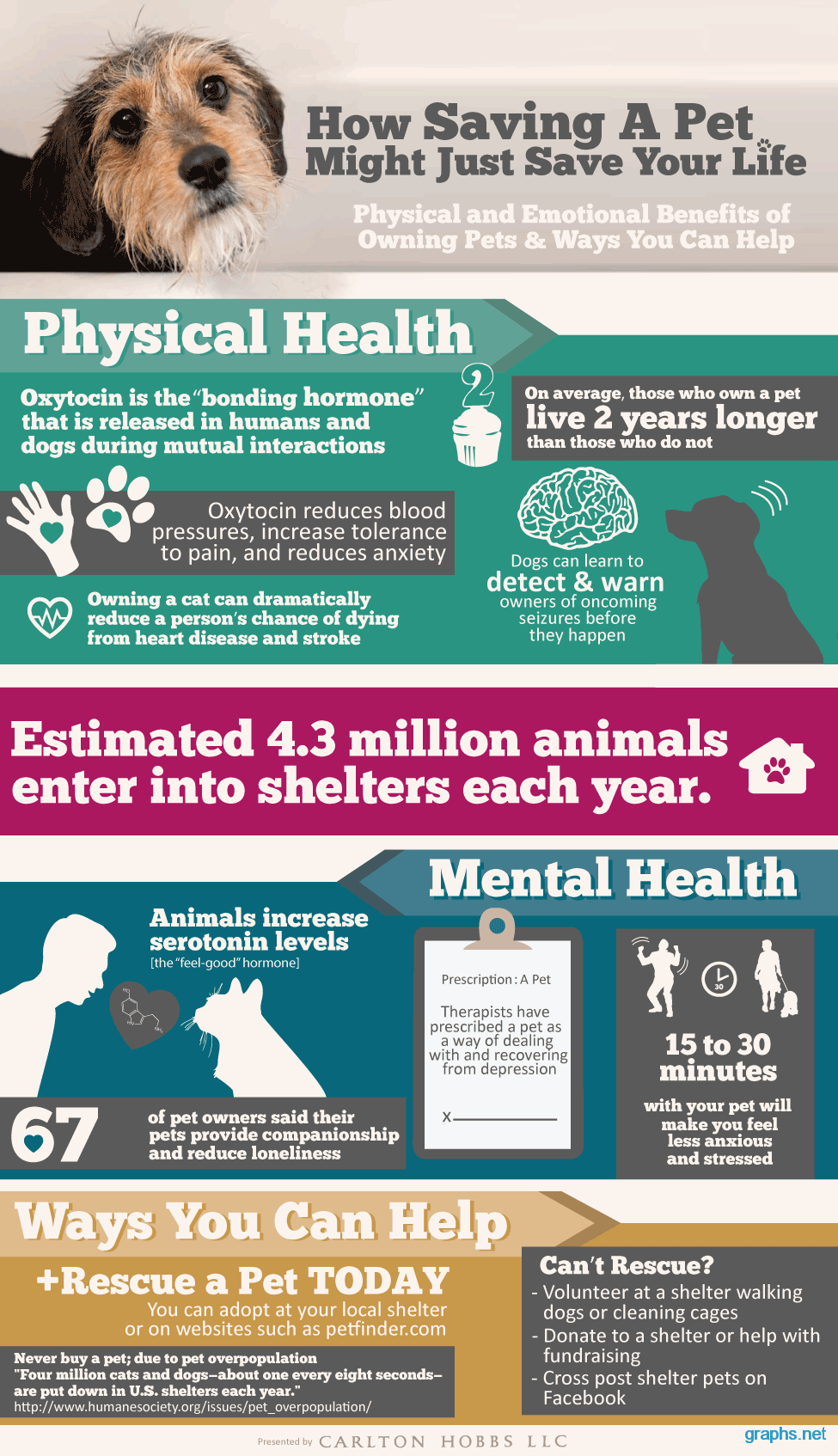Running a pet dog day care includes much more than just providing a safe room for pets to play. It additionally includes understanding each canine's behavior, and avoiding dangerous actions like aggressiveness or splitting up stress and anxiety.
A practical assessment is just one of the most important devices a fitness instructor uses. Utilizing this tool, they can assess the antecedents of habits. For example, why does a pet pull on-leash?
Temperament Examination
Temperament examinations have been created for a range of purposes, consisting of evaluating occupational pet dog temperaments (Hsu and Serpell, 2003) and to aid select dogs for rescue sanctuaries that are most likely to thrive in the home atmosphere (Arkow, 1994; Miller et alia 1996). However, these tests do not have clear objectives or standardization, which reduces their dependability.
When a pet dog parent makes an appointment for their pet dog ahead to daycare, make sure to tell them that the very first part of the analysis will include your temperament examination. Throughout this moment, you will separate the canine from their proprietor and observe their responses to a collection of visual, tactile and odor stimulations, made to measure stability, fearfulness, aggressiveness and self-protective habits.
Throughout this procedure, make certain to pay close attention to the canine's head, neck and ear and tail poses, along with their eye call. This details will be essential for figuring out the most effective playgroup for the dog.
Daily Regimen
Throughout your dog's stay at a day care, staff carry out an everyday regimen of play with various other pets, relaxing, enrichment tasks, and training sessions. The regimen should also include plenty of time for the canines to unwind in peaceful areas when they are overstimulated or showing indications of anxiety (e.g., roaring, nipping).
When it is time for pick-up, the pet dog proprietor will normally obtain a thorough record on just how their family pet engaged with various other pet dogs and what tasks they took part in throughout the day. This provides the pet dog proprietors an idea of what their canine experienced at day care and helps them reinforce positive behaviors at home.
An open line of interaction in between the pet proprietor and the daycare personnel is vital for guaranteeing that the day care environment is safe and enjoyable for all involved. Team needs to talk with pet dog owners about their pets' experiences at daycare and make any kind of essential modifications to the pet dogs' routines.
Staff Training
An excellent pet dog day care or boarding facility should have trained team in animal behavior and first aid. Inquire about their training and accreditations before making a decision.
Look for a team with positive attitudes in the direction of pets and exceptional communication skills. Be cautious of high turnover rates as it can suggest management concerns that influence consistency and quality of treatment.
Inspect the facility's pet dog security plans and team play guidelines. Reliable centers focus on safety and meticulously match pet dogs based on dimension, character, and behaviors to lessen hostility triggers.
Watch out for indicators of tension or anxiety like concealing or extreme barking. These can indicate that the dogs are not getting the care they require or have been revealed to a difficult setting. Try to find staff that takes part in safe communications, monitors team play, and steps in when essential to handle behaviors and make sure the safety of all pet dogs in their care.
Toys & Food
A great daycare will certainly have lots of toys and food to maintain canines active and captivated. They will certainly also have a lot of areas for downtime, to assist prevent overstimulation.
Try to find a facility that utilizes just positive support and force-free tactics in their pet dog handling and training. Ask specifically wedge dog kennel boarding what they imply by favorable reinforcement and exactly how they utilize it in their interactions with the pet dogs they work with. Prevent centers that cite just dominance-based tv celebrity instructors as their influences.
Some canines are really shy or anxious of various other dogs. They may show behavior issues at childcare such as nuisance barking, mouthing, and even aggressiveness. They will certainly need an atmosphere that can suit them, and a trained team that recognizes the importance of limiting playgroup dimension. They will certainly also need to be able to determine indicators of aggravation, such as installing, body barring, and unrelenting chasing, that can lead to scuffles or fights.
